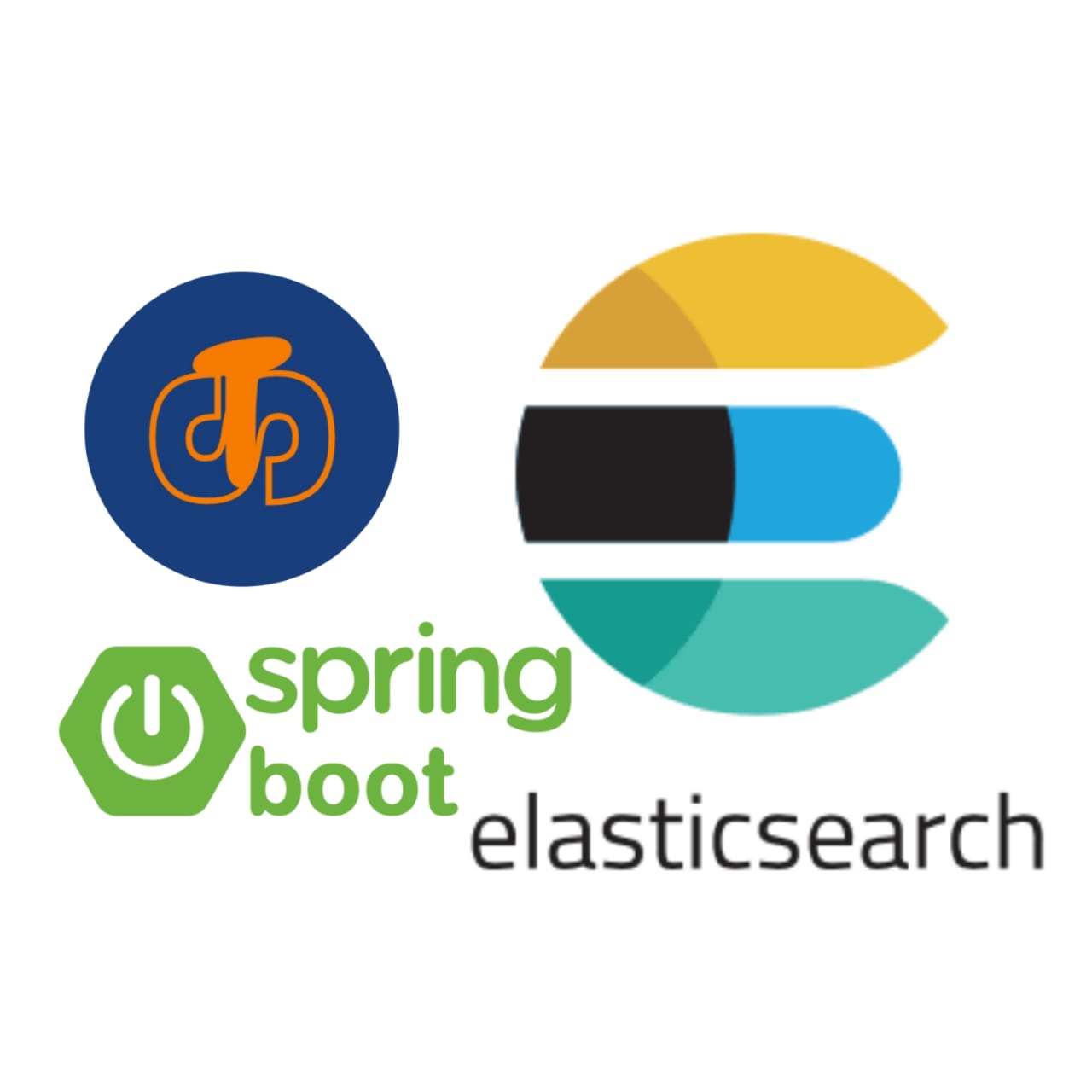Building a GPT-based Chatbot - MGM
Welcome to Day 4 of our GPT course! Today, we will dive into the exciting world of conversational AI by building our own chatbot using GPT models. Chatbots are computer programs that simulate human-like conversations, and GPT-based chatbots have the unique ability to generate contextually relevant responses, making them ideal for interactive and engaging conversations.
Dive into the World of Conversational AI by Creating Your Chatbot with GPT Models
Conversational AI is a field of artificial intelligence that focuses on creating chatbots and virtual assistants capable of understanding and responding to human language. GPT models have proven to be highly effective in this domain due to their ability to generate human-like text and maintain context throughout the conversation.
Train the Chatbot with Real Conversational Data and Enhance Its Interactive Capabilities
Training a chatbot with real conversational data is essential to make it sound natural and relatable. The process involves fine-tuning a GPT model on a dataset containing conversations between humans, allowing the model to learn the nuances of human communication and language use.
# Import necessary libraries
import torch
from transformers import GPT2Tokenizer, GPT2LMHeadModel, AdamW
# Load the pre-trained GPT-2 model and tokenizer
model_name = "gpt2"
tokenizer = GPT2Tokenizer.from_pretrained(model_name)
model = GPT2LMHeadModel.from_pretrained(model_name)
# Load and preprocess the conversational dataset
# Preprocessing steps include tokenization and encoding the conversations
# Fine-tuning loop
num_epochs = 3
learning_rate = 2e-5
optimizer = AdamW(model.parameters(), lr=learning_rate)
for epoch in range(num_epochs):
for batch in dataloader: # Loop over batches of data
inputs = batch['input_ids'].to(device)
labels = batch['labels'].to(device)
# Set the model to training mode
model.train()
# Forward pass
outputs = model(inputs, labels=labels)
# Compute the loss
loss = outputs.loss
# Backpropagation and optimization
loss.backward()
optimizer.step()
optimizer.zero_grad()
# Print the loss after each epoch
print(f"Epoch {epoch+1}/{num_epochs}, Loss: {loss.item()}")
# Save the fine-tuned chatbot model
model.save_pretrained("fine_tuned_chatbot_model")
Enhancing the chatbot's interactive capabilities involves refining the model's responses based on user feedback and iteratively fine-tuning the model to make it more contextually aware and accurate.
Master Context Handling for a Seamless Chatbot Experience
Context handling is crucial for chatbots to maintain coherent and meaningful conversations. A well-designed chatbot understands the context of previous interactions and uses that knowledge to generate appropriate responses. GPT models excel in this aspect, as they can leverage their training on large corpora to retain context over multiple turns of conversation.
Let's implement a simple chatbot using our fine-tuned model:
def chat_with_bot():
chat_history = None
while True:
user_input = input("You: ")
if user_input.lower() in ['quit', 'exit', 'bye']:
print("Chatbot: Goodbye!")
break
# Tokenize user input and add to chat history
user_input_ids = tokenizer.encode(user_input, return_tensors="pt")
if chat_history is not None:
chat_history = torch.cat([chat_history, user_input_ids], dim=-1)
else:
chat_history = user_input_ids
# Generate response from the chatbot
with torch.no_grad():
output = model.generate(chat_history, max_length=100, num_return_sequences=1)
# Decode and display chatbot response
bot_response = tokenizer.decode(output[0], skip_special_tokens=True)
print("Chatbot:", bot_response)
chat_with_bot()
Now you have a GPT-based chatbot that can engage in interactive conversations with users. As you continue to refine and expand the chatbot's training, you'll witness the potential of GPT models in creating seamless and lifelike conversational experiences.
Chatbots are revolutionizing customer support, virtual assistants, and many other applications where human-like interactions are crucial. With GPT-based chatbots, you can build powerful and contextually aware conversational AI systems that open up new possibilities for user engagement and satisfaction.








Comments
Post a Comment